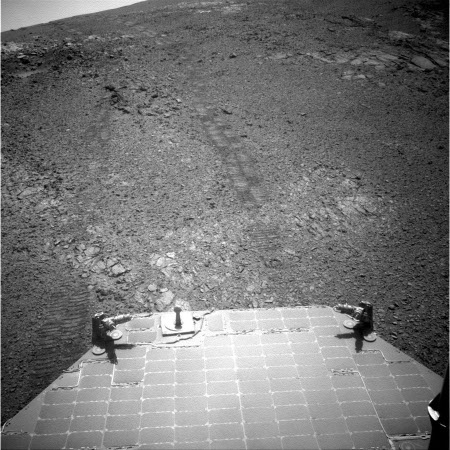Virgin Orbit’s launch jumbo jet arrives at company’s base in California
Capitalism in space: The modified jumbo jet that Virgin Orbit is going to use as the first stage of its LauncherOne rocket, being designed to put smallsats into orbit, arrived yesterday in Long Beach to put it close to the company’s base of operations.
While some of this story is the typical hype we all should expect — and question — from a company run by Richard Branson, Virgin Orbit looks more like the real thing. Last year it was separated from Virgin Galactic, the company that has been promising and failing to fly tourists on suborbital flights now for more than a decade. I suspect this happened because the LauncherOne group did not want to be saddled any longer with the failures of the SpaceShipTwo group.
I have been predicting that LauncherOne will reach space before SpaceShipTwo, and this story only adds weight to that prediction. They have real satellite contracts, and expect their first launch to occur in 2018. While that schedule might not hold, I suspect it will not be far wrong.
Capitalism in space: The modified jumbo jet that Virgin Orbit is going to use as the first stage of its LauncherOne rocket, being designed to put smallsats into orbit, arrived yesterday in Long Beach to put it close to the company’s base of operations.
While some of this story is the typical hype we all should expect — and question — from a company run by Richard Branson, Virgin Orbit looks more like the real thing. Last year it was separated from Virgin Galactic, the company that has been promising and failing to fly tourists on suborbital flights now for more than a decade. I suspect this happened because the LauncherOne group did not want to be saddled any longer with the failures of the SpaceShipTwo group.
I have been predicting that LauncherOne will reach space before SpaceShipTwo, and this story only adds weight to that prediction. They have real satellite contracts, and expect their first launch to occur in 2018. While that schedule might not hold, I suspect it will not be far wrong.


